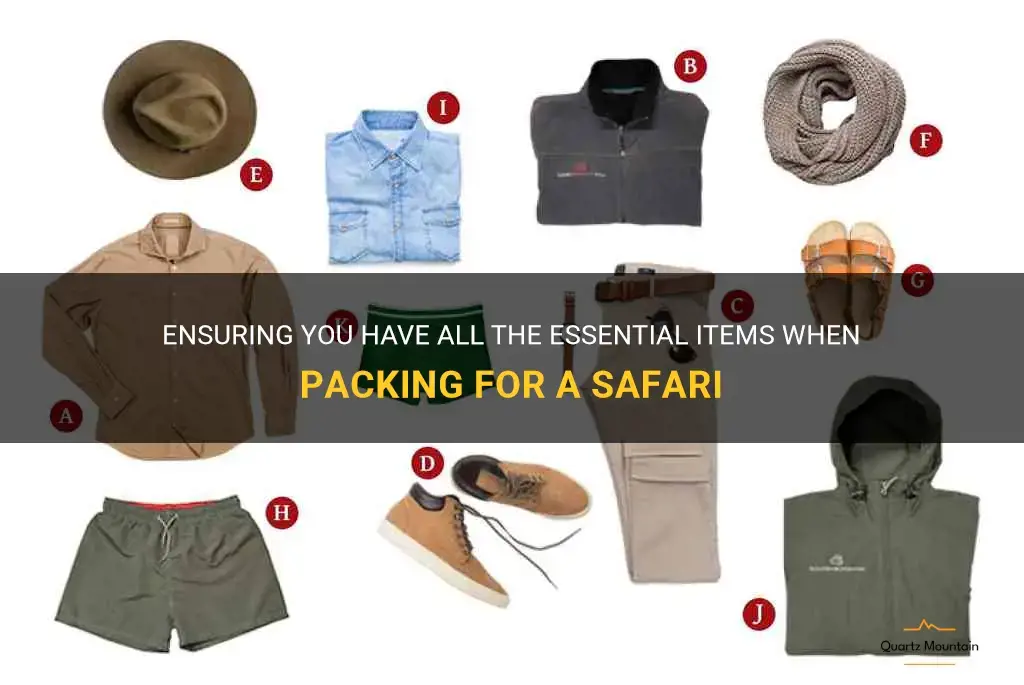
Packing for a safari is an exciting, yet daunting task. With so many essential items needed to survive in the wild, it's crucial to ensure you have everything you need before embarking on this adventure. From the right clothing to essential gear, this guide will help you navigate the challenges of packing for a safari and make sure you're fully prepared for the unique experiences that await you in the heart of the wilderness. So, grab your checklist and get ready to become one with nature like never before!
| Characteristics | Values |
|---|---|
| Clothing | Comfortable, lightweight, neutral colors, long sleeves, long pants, closed-toe shoes, hat, sunglasses |
| Accessories | Binoculars, camera, extra batteries, memory cards, guidebook, sunscreen, insect repellent, first aid kit |
| Luggage | Durable, lightweight, waterproof, lockable, backpack or duffel bag |
| Medicine/Health | Malaria prophylaxis, prescription medication, diarrhea medication, pain relievers, hand sanitizer, water purification tablets |
| Electronics/Communication | Mobile phone, power bank, electronic adapters, satellite phone (in remote areas) |
| Miscellaneous | Cash (small denominations), travel insurance, passport, visas, copies of travel documents, travel pillow, umbrella, reusable water bottle, snacks |
What You'll Learn
- What are the essential clothing items to pack for a safari?
- Are there any specific items or equipment I should bring for wildlife viewing on a safari?
- What type of footwear is recommended for a safari?
- Is there any specific gear or equipment I should bring for photography on a safari?
- Are there any specific medical supplies or medications I should pack for a safari?

What are the essential clothing items to pack for a safari?
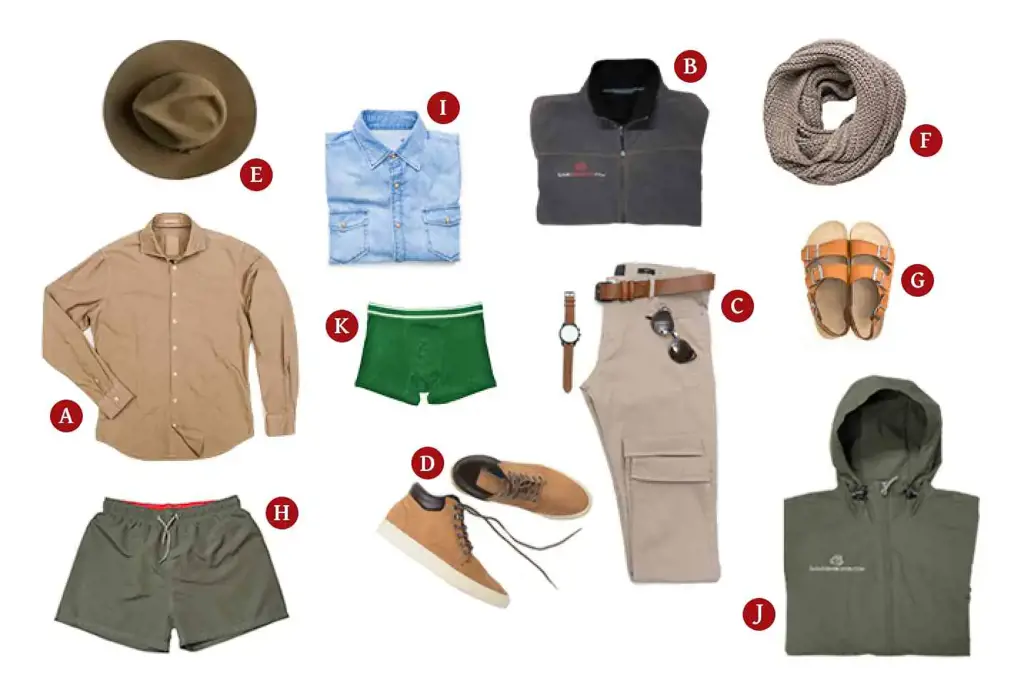
When planning for a safari, it is important to pack the appropriate clothing items to ensure a comfortable and enjoyable experience. The right clothing can protect you from the elements, provide comfort, and help you blend in with your surroundings. Here are the essential clothing items to pack for a safari:
- Neutral-colored clothing: It is recommended to wear neutral-colored clothing, such as khaki, beige, or olive, as it helps you blend in with the natural environment and prevents attracting unnecessary attention from wildlife. Bright colors or bold patterns may scare off animals or potentially attract insects.
- Long-sleeved shirts and pants: Safari destinations are often in hot climates and can have a high mosquito population. Wearing long-sleeved shirts and pants not only protects you from insect bites but also shields you from the sun's rays. Opt for lightweight and breathable fabrics such as linen or cotton to stay cool.
- Breathable and moisture-wicking clothing: Choose clothing made from moisture-wicking materials that will keep you dry and comfortable during long game drives or nature walks. These fabrics help to regulate your body temperature by wicking away sweat from your skin.
- Sturdy closed-toe shoes: A pair of comfortable and sturdy closed-toe shoes is essential for safari activities. These can be hiking boots or athletic shoes with good traction, providing support during walks or hikes on uneven terrain. Avoid open-toed shoes as they do not offer enough protection against insect bites and potential injuries.
- Hat and sunglasses: Protecting yourself from the African sun is crucial. Pack a wide-brimmed hat to shield your face, neck, and ears from direct sunlight. Sunglasses with UV protection are also essential to safeguard your eyes from harmful rays and reduce glare.
- Lightweight jacket or sweater: Evenings and early mornings on safari can be chilly, especially in open vehicles. Packing a lightweight jacket or sweater is advisable to keep you warm during these cooler periods. Opt for layers that you can easily remove or add as the temperature fluctuates throughout the day.
- Swimwear: Many safari lodges offer swimming pools or have access to water bodies where you can cool off during breaks. Don't forget to pack your swimwear if you plan to take a dip or relax by the pool.
- Binoculars: While not clothing, a pair of binoculars is an essential item to have on a safari. They allow you to observe wildlife up close and appreciate their beauty from a distance.
Remember to check the specific dress code and weather conditions of your safari destination, as they may vary. Some lodges may have specific clothing requirements, such as long trousers for dinner or more formal attire for certain occasions. Additionally, consider packing insect repellent, sunscreen, and a lightweight backpack to carry your essentials during game drives or walks.
By packing the right clothing items for your safari, you can ensure your comfort, protection, and enjoyment throughout your wildlife adventure. So, prepare well and get ready to experience the wonders of the African wilderness in style!
Essential Items to Pack for a Memorable California Summer Vacation
You may want to see also

Are there any specific items or equipment I should bring for wildlife viewing on a safari?
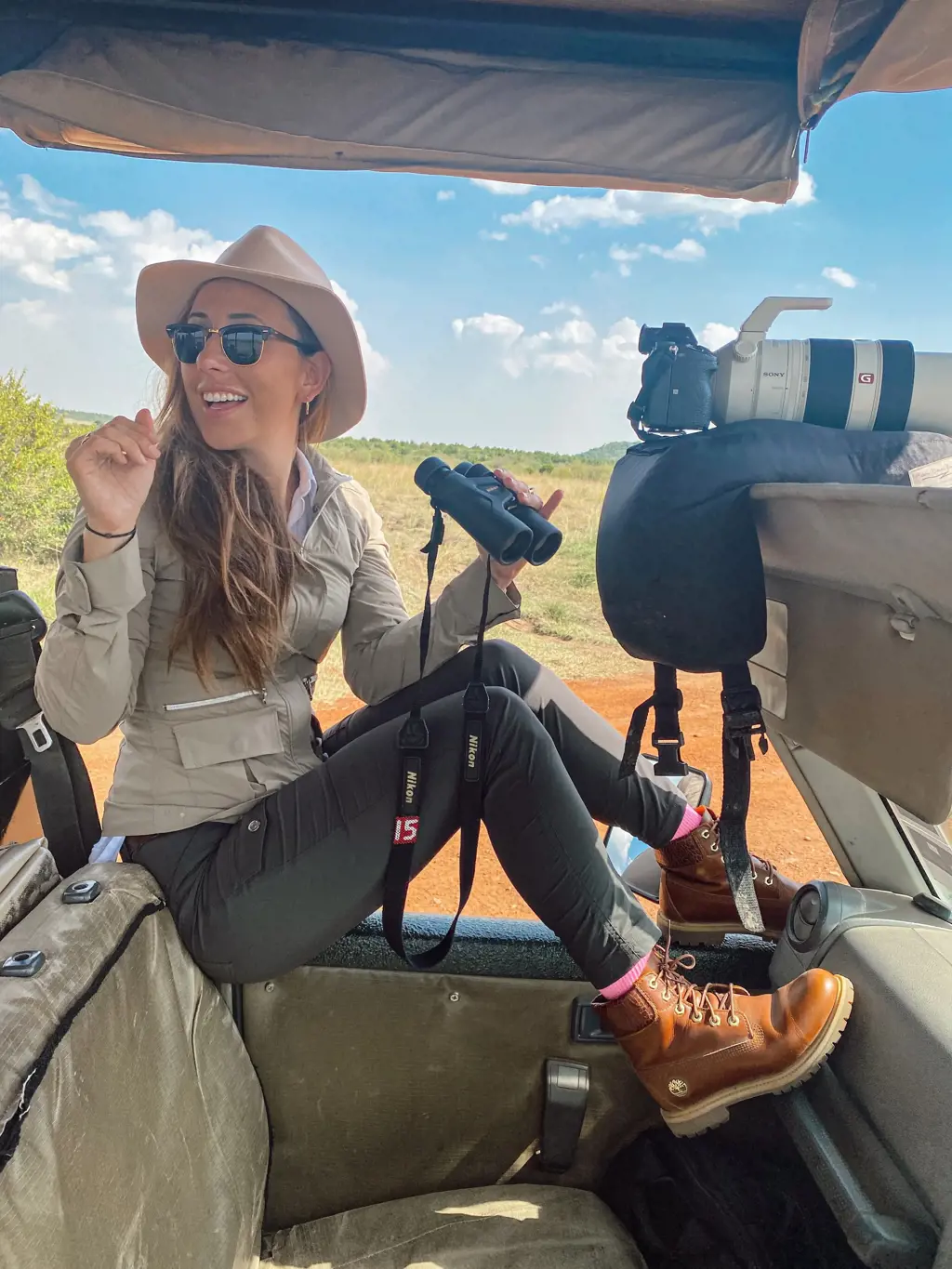
When embarking on a safari, whether it be in Africa or another wildlife-rich destination, there are a few essential items and equipment that can enhance your wildlife viewing experience. These items can help you stay comfortable, capture memorable moments, and ensure your safety while observing the incredible animals in their natural habitat.
- Binoculars: A good pair of binoculars is a must-have for wildlife viewing on a safari. They allow you to get a closer look at animals from a safe distance and enable you to observe their behavior and details that may not be visible with the naked eye. Look for binoculars with a magnification power of at least 8x and a wide field of view for better visibility.
- Camera and lenses: If you're interested in capturing the breathtaking beauty of wildlife, you'll need a camera with a good zoom lens. Telephoto lenses with a focal length of at least 200mm are ideal for getting close-up shots of distant animals. Additionally, consider carrying lightweight tripods or monopods to avoid camera shake and ensure stability while taking pictures.
- Clothing: Dressing appropriately is key to comfort during wildlife viewing. Opt for lightweight, breathable, and neutral-colored clothing that blends with the environment. Avoid bright colors that might startle or attract animals. Long-sleeved shirts and long pants protect you from the sun, insects, and thorny bushes. Don't forget a wide-brimmed hat, sunglasses, and sturdy boots or closed-toe shoes for added protection and support during bushwalks or hikes.
- Insect repellent: Mosquitoes and other insects can be prevalent in many safari destinations. Protect yourself from insect bites by using a reliable insect repellent with a high concentration of DEET. Apply it to exposed skin and clothing to ward off mosquitoes and other biting insects.
- Sun protection: The African sun can be harsh, so it's important to protect yourself from its harmful rays. Carry a sunscreen with a high sun protection factor (SPF) and apply it generously to exposed skin. It's also advisable to wear sunglasses to shield your eyes from the powerful sunlight and a wide-brimmed hat to protect your face and neck from direct sunlight.
- Medications and first aid kit: Depending on the destination, it's a good idea to carry some basic medications and a first aid kit. This may include remedies for common ailments like headaches, upset stomachs, allergies, and motion sickness. In remote locations, medical facilities may be scarce, so it's essential to be prepared.
- Field guides and wildlife literature: Familiarize yourself with the flora and fauna of the region you'll be visiting by bringing along field guides and wildlife literature. These resources will help you identify and understand the animals, plants, and ecosystems that you encounter during your safari, enhancing your overall safari experience.
Remember to check with your safari operator or guide for any specific recommendations tailored to the destination you'll be visiting. They will have valuable insights and may suggest additional items based on their experience and knowledge.
By packing these essential items and equipment, you'll be well-prepared to fully immerse yourself in the awe-inspiring wildlife experience that a safari offers. Happy wildlife viewing!
Essential Items to Pack for a Trip to Florida in March
You may want to see also

What type of footwear is recommended for a safari?
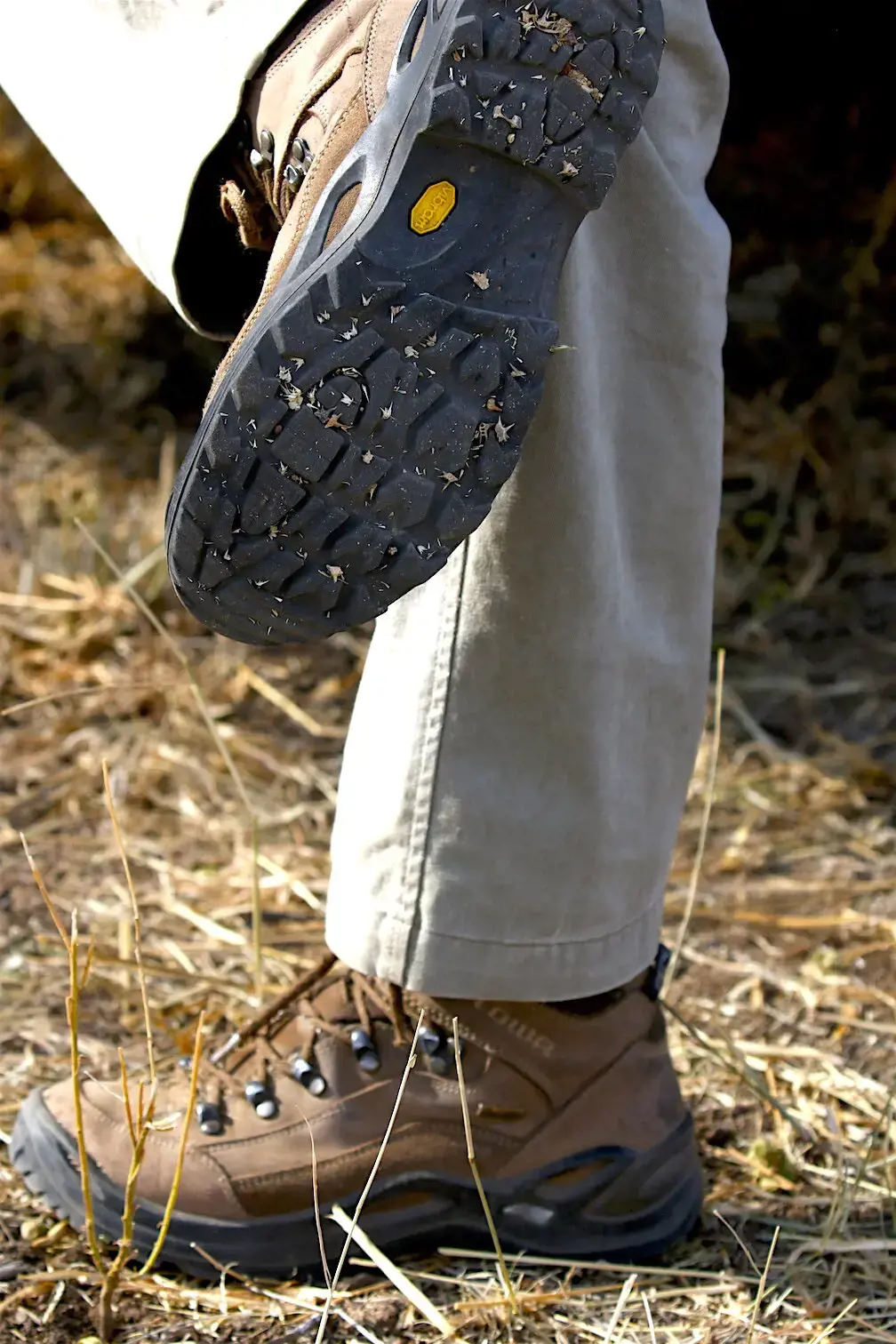
When going on a safari, it is important to consider the type of footwear you choose to wear. Choosing the right footwear can greatly enhance your experience and ensure that you are comfortable and protected throughout your safari adventure. Here's everything you need to know about the best footwear for a safari:
Types of Footwear:
There are several types of footwear that are recommended for safaris, depending on the specific activities and terrain you will encounter. The most common types include hiking boots, safari boots, and sturdy sandals.
- Hiking boots: These are a popular choice for safaris as they provide excellent ankle support, traction, and protection. Look for boots with a waterproof and breathable membrane to keep your feet dry and comfortable.
- Safari boots: Specifically designed for safari adventures, these boots offer both style and functionality. They are lightweight, durable, and provide good grip on rough terrain.
- Sturdy sandals: These are a good option for safaris that involve a lot of walking or hiking in warm climates. Look for sandals with a well-cushioned sole and adjustable straps for a secure fit.
Consider the Terrain:
The type of terrain you will encounter on your safari is an important factor to consider when choosing footwear. Safaris can involve walking on uneven, rocky, and sometimes muddy terrain. Therefore, it is essential to choose footwear that can handle these conditions.
If you are going on a walking safari or planning to do a lot of hiking, opt for sturdy hiking boots that provide ample ankle support and have a durable sole for traction. If your safari involves more relaxed activities, such as game drives or visiting lodges, you may opt for safari boots or sturdy sandals.
Protection from Insects and Critters:
Safari destinations are often home to various insects and critters, some of which may pose a threat to your feet. Therefore, it is crucial to choose footwear that offers protection from bites and stings.
Closed-toe footwear like hiking boots and safari boots provide full coverage and protect your feet from insects, thorns, and sharp rocks. Additionally, consider wearing socks that are tall enough to cover your ankles to provide an extra layer of protection.
Comfort and Support:
Comfort is paramount when choosing footwear for a safari. Since safaris often involve long hours of walking or standing, it is important to choose footwear that offers good cushioning and support.
Look for footwear with ample padding and arch support to prevent discomfort and fatigue. Additionally, make sure your footwear fits properly to avoid blisters and hot spots. It is advisable to break in your footwear before your safari to ensure maximum comfort.
In conclusion, when choosing footwear for a safari, opt for hiking boots, safari boots, or sturdy sandals depending on the activities and terrain you will encounter. Consider the protection, comfort, and support offered by the footwear to ensure a pleasant and enjoyable safari experience. Remember that the right footwear can make all the difference in keeping you comfortable and protected while exploring the wonders of the wildlife.
Essential Items to Pack for an Unforgettable Spring Break Experience
You may want to see also

Is there any specific gear or equipment I should bring for photography on a safari?
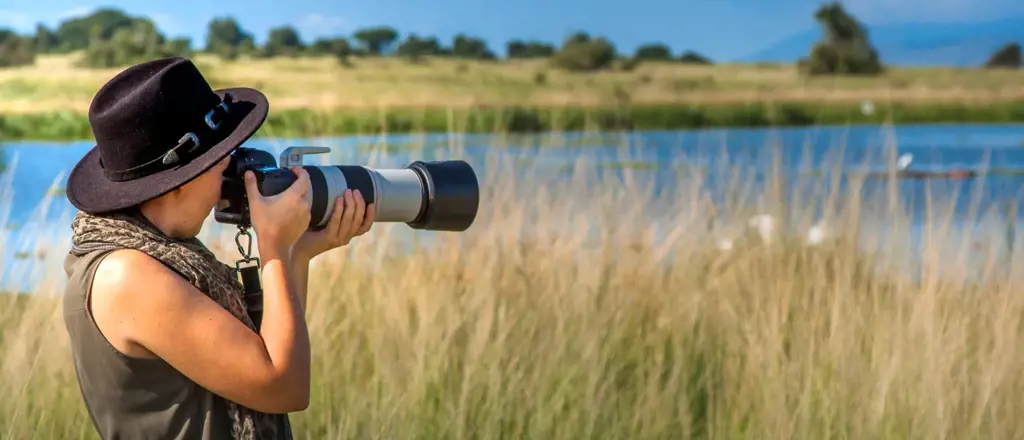
When going on a safari, photography is an essential part of the experience. The wildlife, landscapes, and unique moments that you encounter on a safari are perfect opportunities to capture incredible images. However, it is important to come prepared with the right gear and equipment to make the most of your photographic journey. In this article, we will discuss the specific gear and equipment you should bring to ensure the best possible results.
Camera and Lenses:
First and foremost, you will need a reliable camera that can handle the demanding conditions of a safari. A DSLR or mirrorless camera with a telephoto lens is ideal for capturing wildlife from a distance. A zoom lens with a focal range of around 200-500mm is recommended as it allows you to get close-up shots without disturbing the animals.
Tripod or Monopod:
While a safari can be exhilarating, it can also be tiring. Carrying heavy camera gear for extended periods can quickly become exhausting. A tripod or monopod will help stabilize your camera and reduce fatigue, especially when shooting in low light conditions.
Camera Bag:
A sturdy camera bag is essential for protecting your gear from dust, moisture, and impacts during transportation. Look for a bag with padded compartments to keep your camera, lenses, and other accessories organized and secure.
Extra Batteries and Memory Cards:
The last thing you want is to be caught with a dead battery or no space left on your memory card when a rare photographic opportunity presents itself. Bring extra batteries and memory cards to ensure you never miss a shot. It is also wise to invest in high-speed memory cards that can handle the continuous shooting required for wildlife photography.
Lens Cleaning Kit:
Dusty and unpredictable environments are common on safaris, making a lens cleaning kit indispensable. Dust, fingerprints, and other particles can easily find their way onto your lens, affecting the quality of your images. Pack a lens cleaning kit that includes a microfiber cloth, lens cleaning solution, and a blower brush.
Camera Rain Cover:
Weather conditions can change quickly on a safari, and a sudden rain shower can be disastrous for your camera. Invest in a camera rain cover that is waterproof and can quickly be deployed to protect your gear. This will allow you to continue shooting even in wet conditions.
Binoculars:
Though not directly related to photography, binoculars are incredibly useful for spotting wildlife from a distance. They can help you identify interesting subjects and plan your shots accordingly. Look for compact and lightweight binoculars that you can easily carry with you.
Personal Comfort Items:
Do not forget to pack essential items for your personal comfort. Sunscreen, a hat, insect repellent, and comfortable clothing and shoes will help ensure that you are comfortable throughout your safari.
Remember, photography on a safari is all about being prepared. By bringing the right gear and equipment, you can capture stunning images that will immortalize your safari experience. So, pack your camera bag with the essential items mentioned above, and get ready for an unforgettable photographic journey in the wild.
Essential Items to Include in Your Belize Packing List
You may want to see also

Are there any specific medical supplies or medications I should pack for a safari?

Going on a safari can be an thrilling and adventurous experience, but it's also important to prioritize your health and safety during your trip. While you may already have your list of essentials for your safari, it's crucial to include specific medical supplies and medications to ensure you are prepared for any health-related situations that may arise. Here are some recommendations on what to pack for a safari in terms of medical supplies and medications:
First Aid Kit:
A well-stocked first aid kit is an absolute must-have for any safari. It should include essential items such as adhesive bandages, antiseptic wipes, sterile gauze pads, tweezers, scissors, and medical tape. These items will come in handy for treating minor cuts, scrapes, and insect bites.
Anti-Malarial Medications:
Depending on the location of your safari, malaria may be a concern. It is essential to consult with a healthcare professional well in advance to determine whether you need to take anti-malarial medications. They may prescribe medications such as doxycycline, atovaquone-proguanil, or mefloquine based on the specific region and your medical history.
Prescription Medications:
If you have any pre-existing medical conditions or rely on daily medications, it is crucial to pack an ample supply for the duration of your safari. Ensure that you keep them in their original packaging and carry a copy of your prescriptions, just in case you need to refill them during your trip.
Motion Sickness Medications:
Safaris can involve long hours of off-road driving on bumpy terrain. It's common for people to experience motion sickness during these rides. Carrying over-the-counter motion sickness medications like dimenhydrinate or meclizine can help alleviate any discomfort.
Painkillers and Fever Reducers:
Packing painkillers such as acetaminophen or ibuprofen can be useful in managing any mild aches, pains, or fevers that may arise. They can provide temporary relief until you can seek proper medical attention if necessary.
Allergy Medications:
In regions with a higher incidence of allergies or if you have known allergies, consider including antihistamines in your medical kit. They can help alleviate symptoms such as itching, sneezing, and watery eyes due to common environmental allergens.
Hand Sanitizer and Insect Repellent:
Maintaining proper hygiene is crucial during your safari. Pack hand sanitizer to keep your hands clean, especially when soap and water are not readily available. Insect repellents containing DEET or picaridin are also essential to protect against mosquito bites and the potential risk of diseases like malaria and dengue fever.
Remember to store all medications properly, away from extreme temperatures, and in a safe and secure location. It is also a good idea to inform your safari guide or tour operator about any medical conditions or allergies you have before embarking on your safari.
While these recommendations provide a general guideline for medical supplies and medications to pack for a safari, it is essential to consult with a healthcare professional who specializes in travel medicine. They can provide personalized advice based on your destination, current health status, and any specific concerns you may have. Being well-prepared ensures that you can fully enjoy your safari experience while prioritizing your well-being and health.
Essential Packing List for Your Rocky Mountain National Park Adventure
You may want to see also
Frequently asked questions
When packing for a safari, it's important to remember to pack lightweight and breathable clothing that will help keep you cool and comfortable in the African heat. Opt for neutral-colored clothing that will blend in with the surroundings and avoid bright colors that may attract insects. Don't forget to pack a wide-brimmed hat, sunglasses, and sunscreen to protect yourself from the sun. Additionally, it's important to pack some sturdy walking shoes or boots for any walking safaris or game drives.
While most safari companies will provide you with the necessary equipment for your game drives, it's always a good idea to pack a pair of binoculars. Binoculars will allow you to get a closer look at the magnificent wildlife from a distance. It's also helpful to bring a camera with a good zoom lens, as you will want to capture all the incredible moments and sightings during your safari. Lastly, a power bank or extra batteries for your electronic devices can also come in handy as you may not have access to charging facilities while on safari.
In addition to clothing and equipment, there are a few other items that you should consider packing for your safari. It's important to bring insect repellent to protect yourself from mosquito bites, as well as any necessary medications or first aid supplies. You may also want to pack a reusable water bottle and water purification tablets to ensure you stay hydrated throughout your safari. Lastly, a small daypack or bag to carry your essentials during game drives or walking safaris is recommended.







